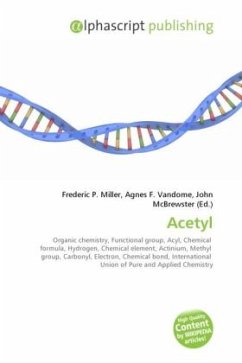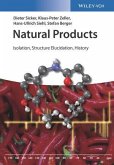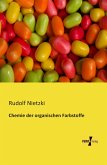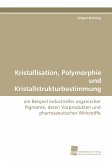High Quality Content by WIKIPEDIA articles! Halocarbon compounds are chemicals in which one or more carbon atoms are linked by covalent bonds with one or more halogen atoms (fluorine, chlorine, bromine or iodine) resulting in the formation of organofluorine compounds, organochlorine compounds, organobromine compounds, and organoiodine compounds. Chlorine halocarbons are the most common and are called organochlorides. There are also compounds such as methylammonium chloride that include carbon atoms and noncovalent halogen atoms, also called inorganic halogens. Unlike halocarbon halogens, noncovalent halogen atoms will usually dissociate and ionize in water. Halocarbons are a class of organic compounds containing covalently bonded fluorine, chlorine, bromine, or iodine. Many synthetic organic compounds such as plastic polymers, and a few natural ones, contain halogen atoms; they are known as halogenated compounds or organohalogens. Chlorine is by far the most abundant of the halogens, and the only one needed in relatively large amounts (as chloride ions) by humans.








